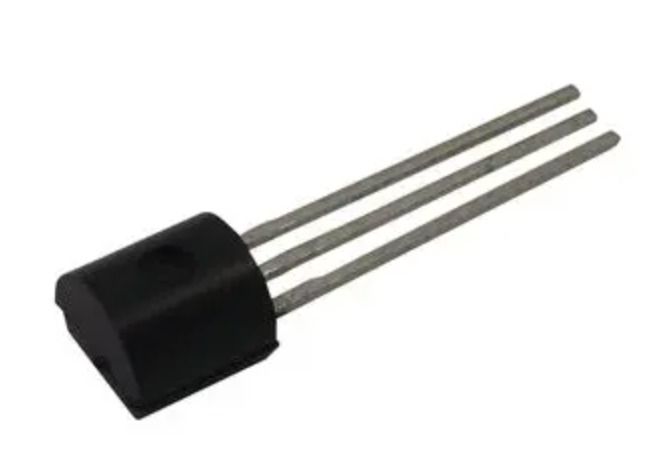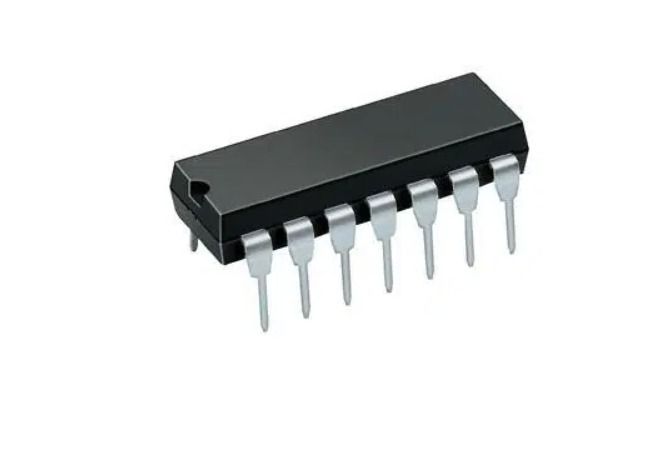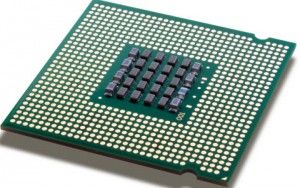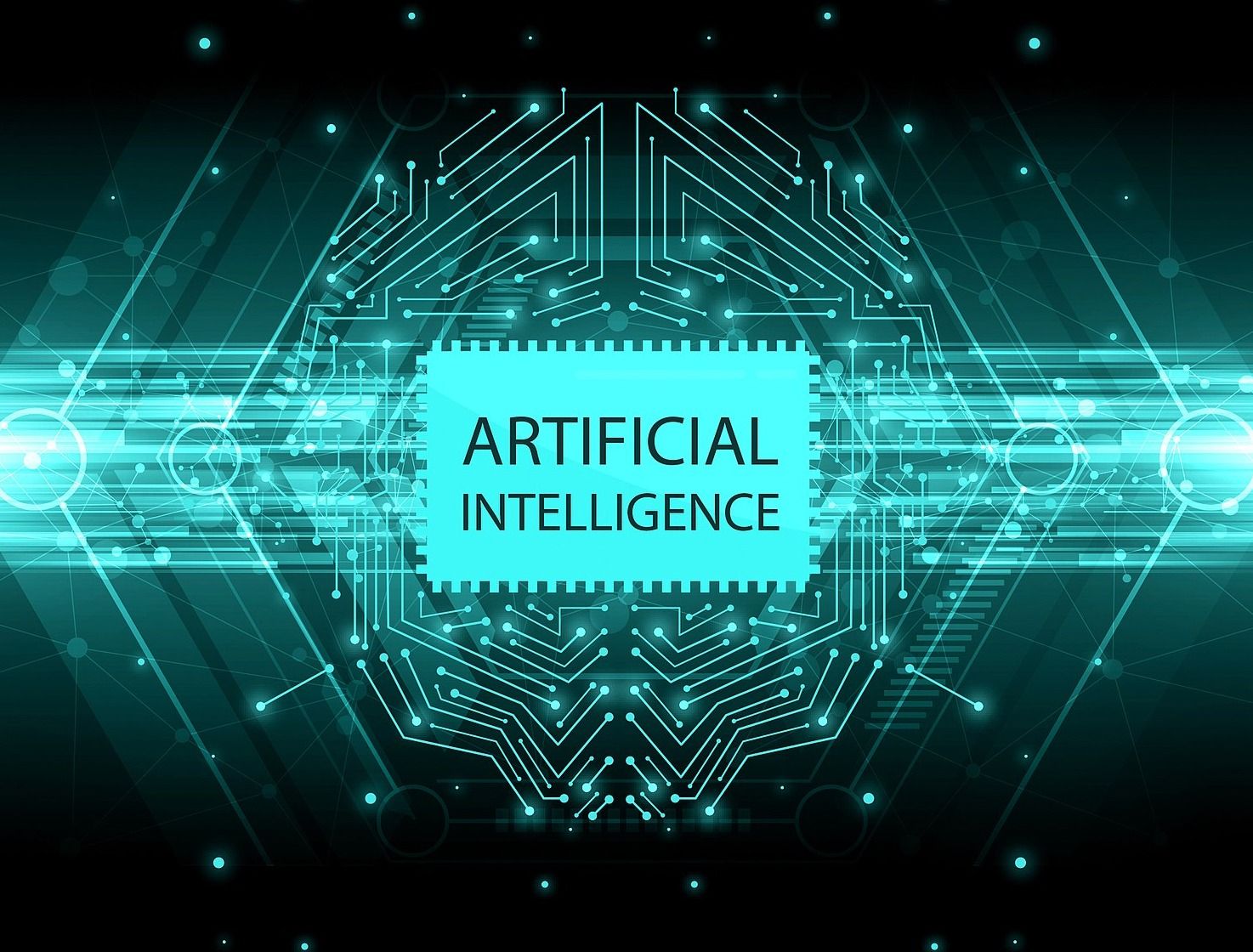5 Generations of Computers: From Vacuum Tubes to Artificial Intelligence

Prepend to the content
Computers today are used in almost every domain of life. However, computers, as we know them today, have come a long way. They went through various iterations to become the all-encompassing device that we use every day for work, to listen to music, play games and more. We have covered different generations of computers in this article. Each generation focuses on advancement in technology by increasing speed and reducing computational tasks making computers easy to operate (user-friendly). Major developments from the 1940s to the present day led to smaller, cheaper, more powerful, and more efficient computing machines and technology, thus minimizing storage and increasing portability. It is important to understand the entire evolution and see the growth that this nifty device has made over the years.
Different generations of computers (1st to 5th)
From the evolution of computers in the 16th century to modern-day computers, there have been different phases in this long period. These phases are different generations of computers. To ease the burden of calculations, initially, Abacus and Pascal’s calculators were invented in 1652. Different phases of computer generation are listed in the table below.
| Generation of computer | Year of generation | Technology used |
| First generation computers | 1940-1956 | Vacuum tube |
| Second generation computers | 1956-1963 | Transistors |
| Third generation computers | 1964-1971 | Integrated Circuits |
| Fourth generation computers | 1971-Present | Micro-processors |
| Fifth generation computers | Present | Artificial Intelligence |
The First generation computers – Vacuum tube(1940-1956)
The main component of first-generation computers was a vacuum tube with magnetic drums for storage. These computers were very heavy and large in size (almost 18000 vacuum tubes in a room for processing) and almost took up the entire space of the room, and were difficult to handle. Additionally, there were issues with regard to reliability and power consumption. They consumed a lot of electricity to operate and even released an enormous amount of energy. These computers didn’t support parallel processing. Operating these computers was an expensive and tedious task because of the low-level language. As first-generation computers did not have an operating system, they could only accomplish one job at a time. Inputs to these devices were given with the help of paper tape and punched cards, and outputs were displayed on printouts. The maximum internal storage capacity of this generation was 20,000 characters. Examples of first-generation computers are listed below.
- ENIAC: Designed by John V. Mauchly and J. Presper Eckert of the University of Pennsylvania, U.S. Large modular computer designed for general purpose that could execute operations such as adding, subtracting, and retaining a ten-digit decimal value in memory. It contained 18,000 vacuum tubes and 70,000 resistors.
- EDVAC: Von Neumann designed Electronic Discrete Variable Automatic Computer. This computer offered enhanced speeds over the previous iterations as it could store data also as instruction.
- UNIVAC: UNIVAC acronym for Universal Automatic computer, developed by Eckert and Mauchly in 1952. The first general-purpose electronic digital computer.
Key Characteristics of First generation computers
Technology Used Vacuum Tubes Programming Language Machine Language Speed and Size Large size with 18,000 vacuum tubes and 70,000 registers Input/Output device Punch cards, paper tapes, printouts. Memory type Revolving Mechanical drums, Magnetic core memory.
Examples UNIVAC,ENIAC,IBM 701,EDSAC,,UNIVAC 1101.
The Second generation computers- Transistor (1956-1963)
There was a transition from Vacuum tubes to transistors in second-generation computers. Transistors were developed at the Bell labs in 1947 but were used in computers in the 1950s. Transistors are semiconductor devices that amplify a sign or open and close a circuit. The second-generation computers were comparatively small in size and cheaper. They were also more efficient as the processing speed was better. The input and output devices remained the same as first-generation computers. Assembly and high-level languages were developed where instructions to computers can be given by words by following certain sets of instructions. Languages used for programming during this era were FORTRAN (1956), ALGOL (1958), and COBOL (1959). Hardware advancements were also seen, from magnetic drums to magnetic core memory, magnetic tape, and the magnetic disk. It requires less power consumption and generates less heat. Examples of second-generation computers are listed below.
- PDP-8
- IBM1400 series
- IBM 7090 and 7094
- UNIVAC 1107, CDC 3600
Key Characteristics of Second generation computers.
Technology Used Transistors Programming Language Assembly Language Speed and Size Faster than the First generation. Takes up less space Input/Output device Magnetic tape and punched cards. Memory type Magnetic drums and Disk pack. Examples CDC 6600, CDC7600, IBM 7030.
The Third generation computers-Integrated circuits(1964-1971)
Third generations of computers were developed by Jack Kilby at Texas Instruments. The third generation of computers marked a huge shift from transistors to Integrated circuits. ICs are made of silicon and are called silicon chips. A single IC has many transistors, registers, and capacitors built on one thin slice of silicon. The first integrated circuit was developed in the 1950s by Jack Kilby of Texas Instruments and Robert Noyce of Fairchild Semiconductor variety of transistors placed on silicon chips called semiconductors were used. The computers of this generation were reliable in terms of speed and accuracy. Instead of punched cards and printouts, users would interact with 3rd generation computers through keyboards, monitors, interfaces and operating systems. In this era, computers were smaller and cheaper than their predecessors. Storage devices like a large magnetic cores and magnetic tape/disks were used. Below listed are examples of third-generation computers.
- IBM 360
- IBM 370
- PDP-11
- NCR 395
- B6500
- UNIVAC 1108
Key Characteristics of Third generation computers.
Technology Used Integrated Circuits Programming Language High-level language Speed and Size Minicomputers with faster speed Input/Output device Monitor, Keyboard, Printer, Magnetic tape Memory type Magnetic cores and semiconductor memory is known as MOS Examples AGC(Apollo Guidance Computer), IBM 360, IBM 370.
The fourth generation computers-Microprocessors (1972-2010)
In the third generation, many transistors, registers, and capacitors were built on one thin slice of silicon.However, in the fourth generation, thousands of integrated circuits were built on one silicon chip. Intel 404 was the first microprocessor developed by Ted Hoff at Intel in 1971. By using microprocessors, all the arithmetic, logic and control functions can be performed in just one chip. It also provided a multiprocessing feature which reduced the speed of calculation. An operating system like Unix was employed. Very Large Scale Integrated (VLSI) circuits replaced LSI circuits. The Intel 4004 chip located all the components of the PC, from the central processing unit and memory to input/ output controls, on one chip. Fourth-generation computers are compact in size. IBM introduced its first computer in 1981; Apple introduced its Macintosh in 1984. Modern days computers are well developed with a great GUI(Graphical User Interface) and other input devices like a mouse, keyboard. Below listed are examples of fourth-generation computers.
- IBM PC
- STAR 1000
- APPLE II
- Apple Macintosh
Key Characteristics of Fourth generation computers.
Technology Used Microprocessors Programming Language High-level Language Speed and Size Very large-scale integration like 8-bit Microcontrollers include CPU at 12MHz,128 bytes RAM, 2048 bytes EPROM and I/O in the same chip. The size was significantly reduced and faster operations Input/Output device Keyboard, Mouse, Printer Memory type Semiconductor memory Examples Altair 8800, Apple I,IBM PC
The fifth generation computers-Artificial Intelligence (present)
In today’s era, we use AI technology. Speed is the highest, and size is the smallest among all generations of computers. Fifth generation computer is based on artificial intelligence and uses Ultra Large-Scale Integration (ULSI) technology and parallel processing method (ULSI has millions of transistors on a single microchip). The Parallel processing method uses two or more microprocessors to run tasks simultaneously). Here are some examples of modern computers.
- Desktops
- Laptops
- Tablets
- Smartphones
Key Characteristics of Fifth generation computers.
Technology Used Artificial Intelligence Programming Language Human Language Speed and Size Very small in size with faster operations. Very less power consumption Input/Output device Keyboard, Mouse, Printer, Touchscreen, Voice recognition and many others Memory type Semiconductor memory like RAM, and ROM Examples Desktop, iPad, smartphones, laptops
Conclusion
The generation of computers is divided into five parts and each generation cannotes a significant difference in the components and processing capability. Over the period of time, the size of the device has reduced significantly and it has also become a more powerful machine. The machines that we use today are also portable unlike the ones that were available in the earlier generations.
FAQs
1. What may be the sixth (future) generation of computers?
The Sixth Generation will be based on Artificial Neural Networks, including voice and image recognition. Natural Language Processing (NLP) provides the ability to develop computer programs to understand human language.
2. What is a high-level language?
High-level languages are user-oriented and compiled by compilers to convert to machine language. They help in converting an algorithm to program code easily. Examples of high-level languages are Java, Javascript, and Python.
3. What is a Machine language?
Machine language is a language that consists of a set of instructions that are in the binary form 0 or 1. Examples of Machine Languages are FORTRAN, and ALGOL.
The post 5 Generations of Computers: From Vacuum Tubes to Artificial Intelligence appeared first on Pricebaba.com Daily.





